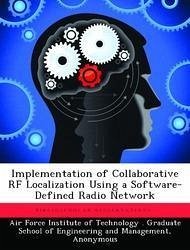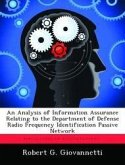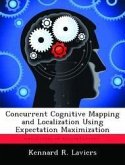This thesis investigates the use of collaboration between sensor nodes that were tasked with localizing a radio frequency emitter. Localization is a necessary component for dynamic spectrum access. Using a set of software-defined radios as our sensors and a received signal strength-based maximum likelihood localization algorithm, we successfully localized transmitting nodes based on their received signal strength. Our experiment was conducted outdoors using a flexible topology that could be shaped into 21 sub-topologies that varied in size, and orientation with respect to the transmitters. This was made possible through application of a time shift concept and a postprocessing technique. We were able to compare our real world results with the simulated results of the same topologies. Although our simulation results did not fully comply with our real world results, we observed some common trends regarding effective topology design.
Hinweis: Dieser Artikel kann nur an eine deutsche Lieferadresse ausgeliefert werden.
Hinweis: Dieser Artikel kann nur an eine deutsche Lieferadresse ausgeliefert werden.








